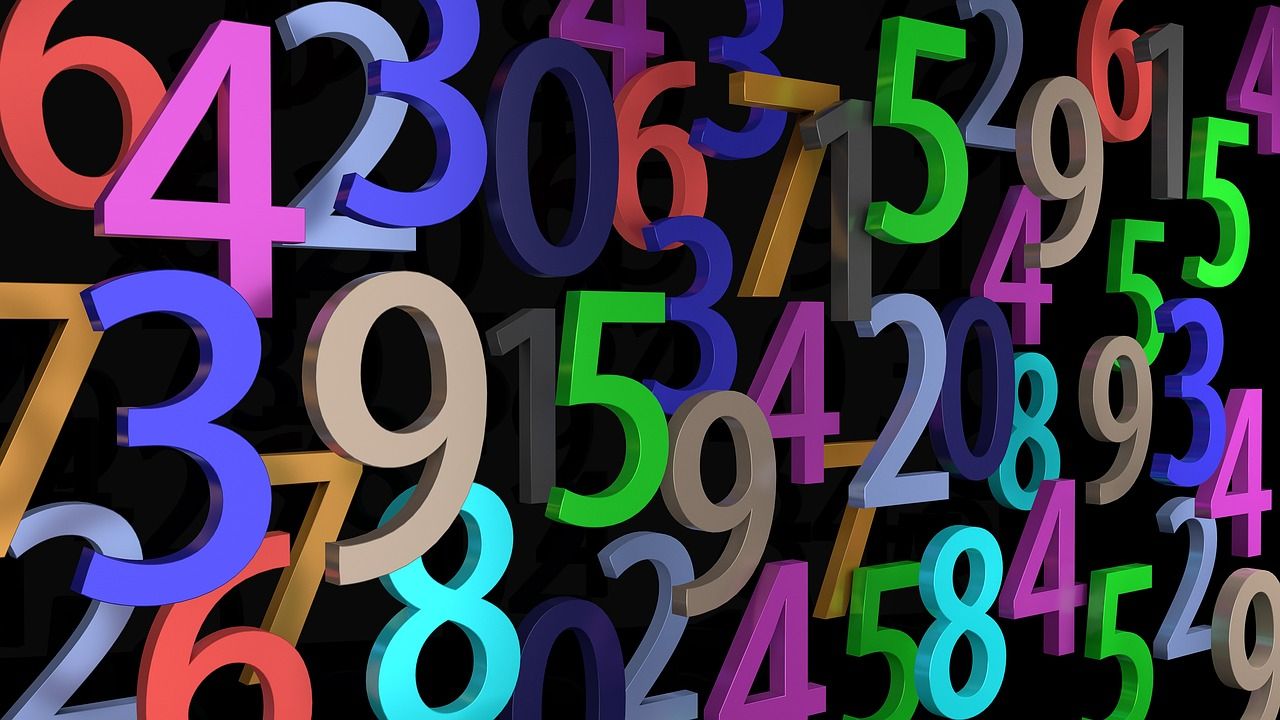A new method to detect prime numbers
Published by Adrien,
Source: Proceedings of the National Academy of Sciences USA
Other Languages: FR, DE, ES, PT
Source: Proceedings of the National Academy of Sciences USA
Other Languages: FR, DE, ES, PT
Follow us on Google News (click on ☆)

Illustration image from Pixabay
Identifying prime numbers among small integers is relatively simple, but the task becomes Herculean with large numbers. This complexity has pushed researchers to develop more sophisticated methods than simple factorization.
A team of mathematicians, including Ken Ono from the University of Virginia, recently proposed an innovative approach based on integer partitions. This method, published in the Proceedings of the National Academy of Sciences USA, detects prime numbers through an infinite set of polynomial equations. It relies on partition functions, a concept dating back to Swiss mathematician Leonhard Euler.
This discovery opens new perspectives for the study of prime numbers. It shows how combinatorial functions, like those of partitions, can reveal unexpected algebraic properties. Kathrin Bringmann from the University of Cologne highlights the potential of this approach to inspire new research in mathematics.
Despite these advances, many conjectures about prime numbers remain unsolved. Among them, the twin prime conjecture and Goldbach's conjecture continue to challenge mathematicians. These centuries-old problems illustrate the complexity and beauty of prime numbers.
What is an integer partition?
An integer partition is a way of decomposing a number into a sum of other integers, disregarding order. For example, the number 4 can be partitioned into 3+1, 2+2, 2+1+1, and 1+1+1+1. This concept, introduced by Leonhard Euler in the 18th century, is fundamental in combinatorics.
Integer partitions are not just a mathematical game. They have applications in theoretical physics, particularly in the study of quantum systems and statistical models. Their study has led to major developments in number theory.
The partition function, which counts the number of distinct partitions of a given integer, grows exponentially with the size of the integer. This behavior has motivated in-depth research to understand its analytical and algebraic properties.
How are Diophantine equations related to prime numbers?
Diophantine equations are polynomial equations for which integer or rational solutions are sought. They are named after Diophantus of Alexandria, a 3rd-century mathematician who studied these problems.
In the field of prime numbers, Diophantine equations can help characterize primality properties. Ken Ono's team showed that prime numbers are solutions to an infinite set of specific Diophantine equations based on partition functions.
This approach offers a new perspective on the nature of prime numbers by linking them to algebraic and combinatorial structures. It could help solve open problems in number theory, such as Goldbach's conjecture or the twin prime conjecture.